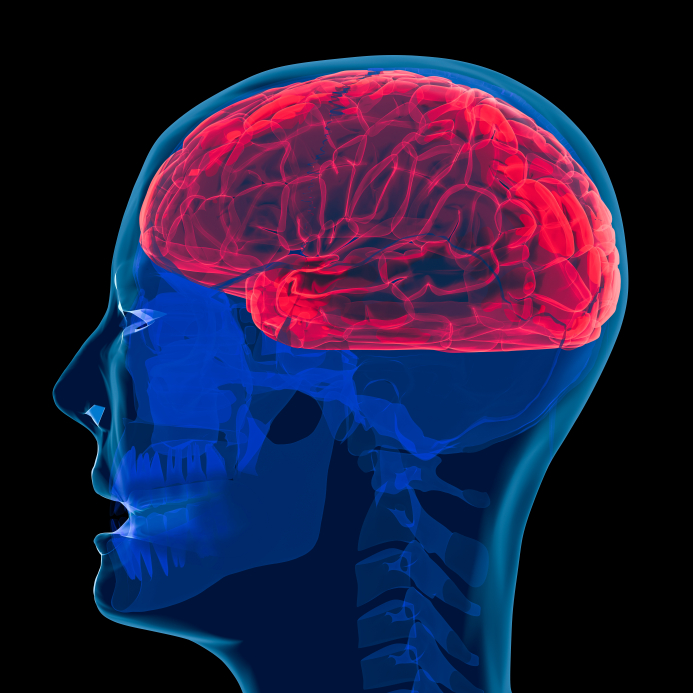2012-06-29
Toksyczne szczepionki obowiązkowe
...W USA na autyzm cierpi obecnie ponad 1,5 miliona dzieci. Dla Polski nie ma wiarygodnych danych, ale ekstrapolacja tych liczb na liczę ludności w Polsce sugeruje, że może być ich ponad 150 000. Jeśli dodać do tego dzieci z innymi uszkodzeniami mózgu, liczby te będą większe. Najbardziej niepokojącym zjawiskiem jest obserwowany prawie na całym świecie kilkunastokrotny wzrost zachorowań na choroby psychoneurologiczne (autyzm, ADHD, upośledzenie umysłowe, padaczka i inne) w ciągu ostatnich dwóch dziesięcioleci. Znamiennym jest to, że w latach 1990, w których nastąpił najbardziej dramatyczny wzrost tych zachorowań, amerykańskie agencje federalne FDA (Food and Drug Administration) i CDC (Centers for Disease Control and Prevention) zaleciły stosowanie kilku nowych szczepionek niemowlęcych (Wzw B dla noworodków, HiB, Varicella, Hep A, Rota), z których co najmniej dwie zawierały thimerosal, co znacząco zwiększyło ilość wstrzykiwanej niemowlętom rtęci. W związku z tym pojawiła się hipoteza, że odpowiedzialny za wzrost tych chorób może być thimerosal ze szczepionek. Ilość organicznej rtęci, na którą eksponowany jest człowiek, uważana za bezpieczną przez EPA (Environmental Protection Agency), wynosi 0,1 μg/kg/dzień (http://www.epa.gov/iris/subst/0073.htm), podobne są normy europejskie. Natomiast łączna jej ilość, którą jednorazowo wstrzykiwano niemowlętom w 3 szczepionkach – DTP, Hib i Hep B – wynosiła 62,5 μg, co dla 5-kilogramowego niemowlęcia 125 razy przekraczało bezpieczne dawki...
...Podczas gdy w krajach Europy Zachodniej szczepienia dzieci są dobrowolne, w Polsce stosuje się terror wobec rodziców, którzy świadomie nie chcą szczepić swych dzieci...
WIĘCEJ
2012-06-19
Crossing the blood-brain barrier
Researchers from Harvard Medical School showed that repeated treatments with the use of a noninvasive, focused ultrasound device temporarily opened the blood-brain barrier in target discrete regions of the brain while causing no structural or functional damage.
The brain is protected from most toxins and bacterial infections by the blood-brain barrier (BBB), a physical separation between the brain and the circulatory system which normally only permits small, essential molecules like oxygen and glucose through. Large molecules like chemotherapy agents and antibiotics cannot easily permeate the BBB, making it one of the primary obstacles for treating diseases of the brain.
To address this problem, Nathan McDannold, HMS associate professor of radiology at the Brigham and Women’s Hospital and first author on the paper, and Margaret Livingstone, HMS professor of neurobiology, introduced a microbubble contrast agent into the circulatory system of nonhuman primates. Guided by an MRI, they then targeted specific areas of the brain with a device comprised of an array of 1,024 directed ultrasound transmitters, using short bursts at low power. Due most likely to the mechanical stimulation of microbubbles by ultrasound frequencies, the BBB weakened at targeted areas enough for the normally impermeable imaging dye to penetrate the brain. This effect lasts for roughly four hours, and is disruptive enough for drugs and large molecules to enter the brain and target, say, tumors.
 This approach may open the way for new drug delivery strategies for diseases such as brain cancers and Alzheimer’s, conditions typically not amenable to more conventional treatments.
More
This approach may open the way for new drug delivery strategies for diseases such as brain cancers and Alzheimer’s, conditions typically not amenable to more conventional treatments.
More
 This approach may open the way for new drug delivery strategies for diseases such as brain cancers and Alzheimer’s, conditions typically not amenable to more conventional treatments.
More
This approach may open the way for new drug delivery strategies for diseases such as brain cancers and Alzheimer’s, conditions typically not amenable to more conventional treatments.
More
Subskrybuj:
Posty (Atom)